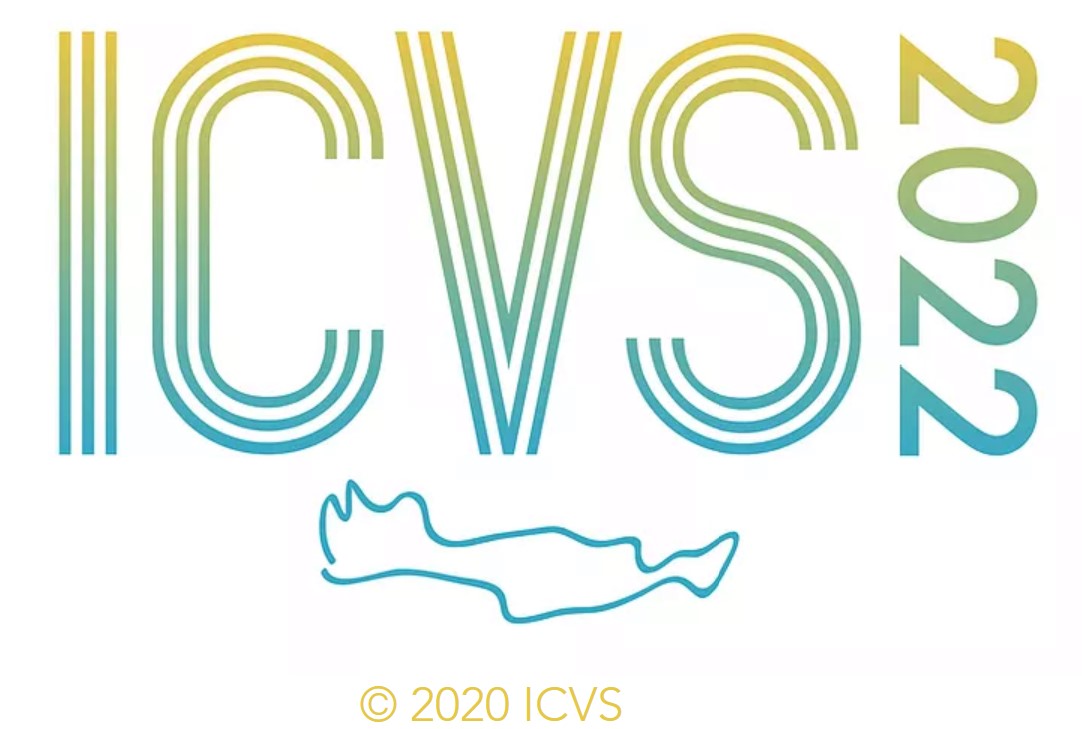
The annual meeting website is now active. Pease visit regulalrly for updates. It can be found at https://www.icvs2022.org.
In response to the current pandemic, we have postponed the next meeting until 2022. Therefore we have decided to extend all current memberships for a year.
If your current membership was due to expire on December 31st 2020, it will be automatically be extended until December 31st 2021.
If you are not currently a member, but wish to join the society for the remaining year, please get in touch via the 'contact us' page.
If your current membership was due to expire on December 31st 2020, it will be automatically be extended until December 31st 2021.
If you are not currently a member, but wish to join the society for the remaining year, please get in touch via the 'contact us' page.

10th August - 15th August 2025
Pembroke College, Oxford
Deadline extended to 10th April
We invite applications for the ICVS Summer School 2025 at Pembroke College, Oxford, UK, 10th August - 15th August 2025. The school will accept selected students and young researchers with basic knowledge of colour vision. It will focus on colour vision and its applications. The school will include lectures, discussion, and hands-on workshops, providing opportunities for formal and informal interaction with leading colour vision researchers.
A SPLASH OF COLOUR
1. Seeing neurons in the living human eye
Using techniques borrowed from astronomy, vision scientists can take high-resolution images of the retina, the fine layer of cells in the back of your eye.
With Hannah Smithson and Laura Young
Problem viewing the video? Either adjust your browser's security settings, or view the video series here.
Back to Video menu
1. Seeing neurons in the living human eye
Using techniques borrowed from astronomy, vision scientists can take high-resolution images of the retina, the fine layer of cells in the back of your eye.
With Hannah Smithson and Laura Young
Problem viewing the video? Either adjust your browser's security settings, or view the video series here.
Back to Video menu
